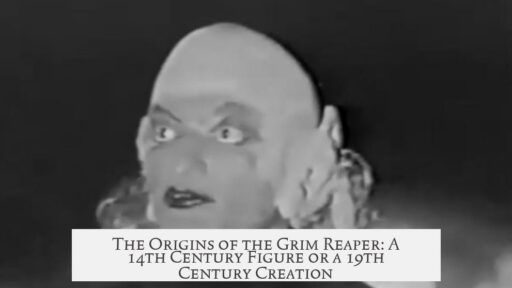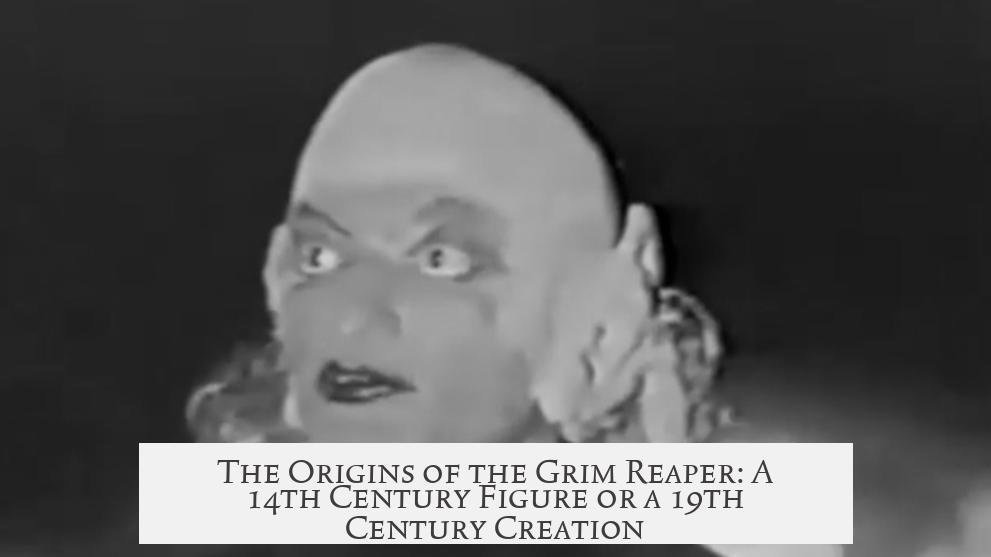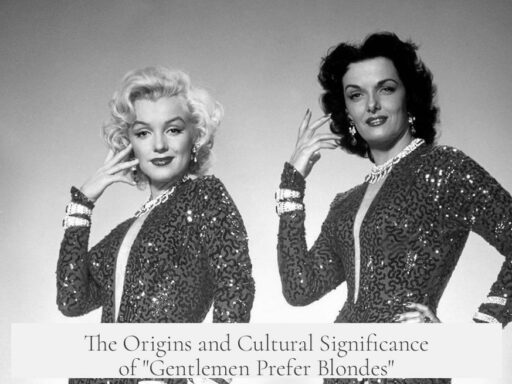The Grim Reaper’s image originates in the 14th century, while the term “Grim Reaper” first appears in the 19th century, notably around 1847.
The concept of Death as a skeletal figure wielding a scythe dates back to the mid-1300s. This image arose during the Black Death in Europe when death was often portrayed as a skeleton harvesting human souls, much like a farmer reaps crops.
However, the specific term “Grim Reaper” does not appear in texts before the 19th century. The earliest documented uses of this phrase come from an 1847 English translation and memoirs from the same year. British Reverend Robert Menzies translated a German religious book called Stunden Christlicher Andacht (1839), rendering the German euphemism for Death, “Freund Hain mit der Hippe” (Friend Hain with his sickle), as “Grim Reaper.” This indicates that the term is a translator’s invention rather than an ancient label.
Likewise, the novelist and actress Fanny Kemble used the term during her 1847 memoirs when describing the German artist Peter von Cornelius’s painting, The Riders of the Apocalypse (circa 1845).
Before this naming, writers frequently employed harvest-related metaphors for death. For example, 17th-century clergyman Thomas Tuke listed many death metaphors in his 1613 work A Discourse of Death. Such metaphors included the sickle and scythe, symbolizing death’s role as a harvester of souls.
| Aspect | Century | Details |
|---|---|---|
| Image of Death as Skeleton with Scythe | 14th | Linked to the Black Death; death depicted as a reaper harvesting souls. |
| Term “Grim Reaper” | 19th | First recorded in English texts in 1847 translator’s work and memoirs. |
| Death Metaphors | 17th – earlier | Sickle and scythe as common symbols in literature without specific term. |
- The Grim Reaper’s iconic image is medieval, rooted in 14th-century Europe.
- The phrase “Grim Reaper” appeared in English in the mid-19th century.
- The term likely stems from an English translation of a German euphemism.
- Death metaphors involving harvesting tools predate the term and image.
Did the Grim Reaper Originate in the 14th Century, or the 19th?
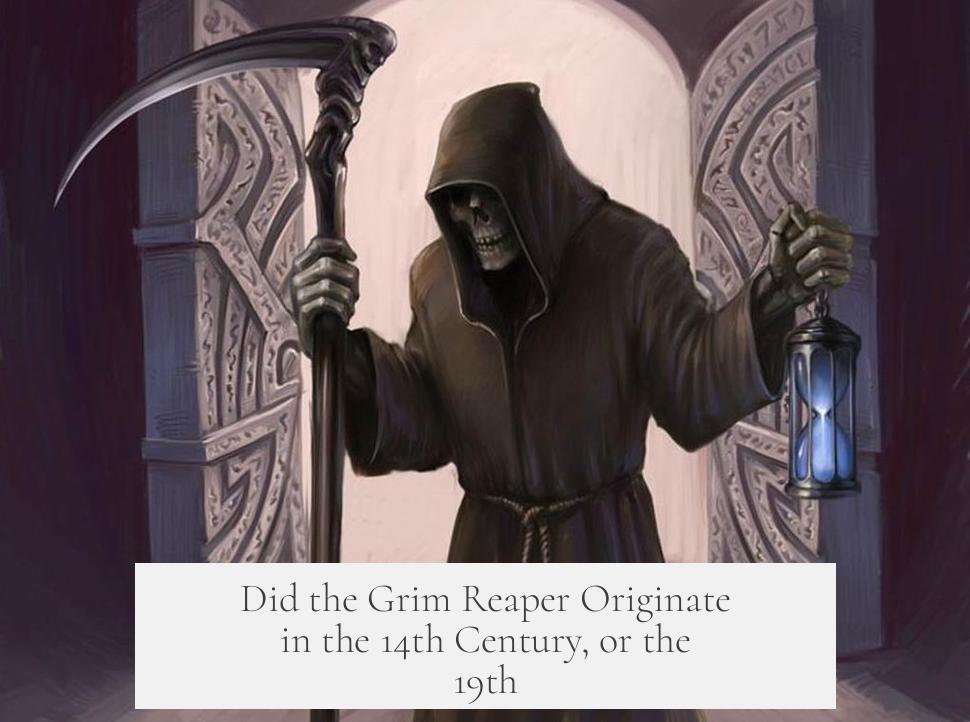
The Grim Reaper’s image dates back to the 14th century, but the term itself? That comes from the 19th century. You might think Death’s skeletal figure wielding a scythe was conjured up recently, but no—this chilling image has medieval roots. However, calling this figure the “Grim Reaper” is a much later invention. Confusing? Let’s unravel this spooky tale.
The Skeleton with a Scythe: Medieval Origins
Picture Europe in the 1300s. The 14th century was not known for rainbows and sunshine. The Black Death swept through the continent, leaving devastation in its wake. People grappled with the omnipresence of death. Writers and artists started representing Death as a skeletal figure, often holding a scythe—the tool used to harvest crops. Why?
The harvesting metaphor is brutal but effective. Just as a scythe cuts down crops, Death cuts down lives. This image symbolized the inevitability of mortality and the impartial nature of death: no one escapes the harvest.
Thus, the skeletal figure with a scythe is firmly from the 14th century. It’s an ancient metaphor tied deeply to the hardships of that era.
The Term “Grim Reaper”: A 19th-Century Coinage
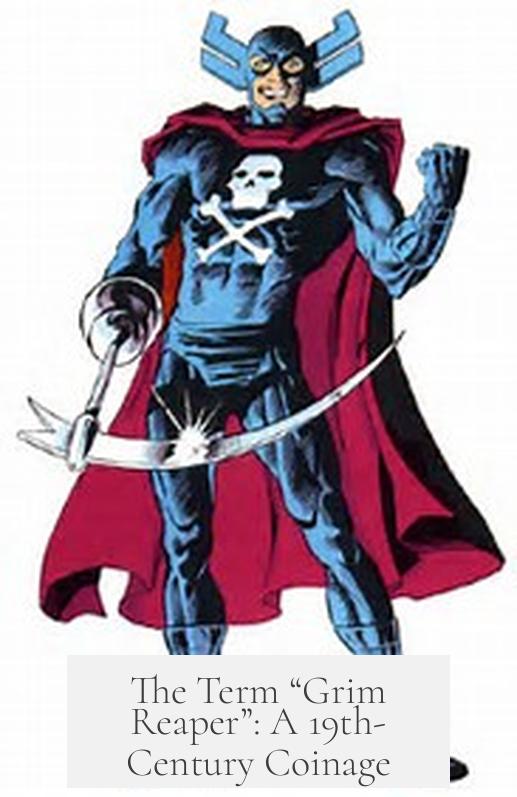
But what about the name “Grim Reaper”? You won’t find it in medieval texts. Instead, it makes its debut in the 1800s, specifically around 1847. So it’s a term born almost 500 years after the image.
Scholars track the earliest use of “Grim Reaper” to two key references from that year, turning to modern tools like Google Books for confirmation. No earlier printed works use the exact phrase.
One instance is tied to Robert Menzies, a British reverend who translated a German religious book, Stunden Christlicher Andacht, in 1847. The original German used a euphemism, “Freund Hain mit der Hippe” (Friend Hain with his sickle), a poetic way to refer to Death.
Menzies chose to translate this metaphor as “grim reaper.” This translation apparently invented the term in English, giving us the phrase we know today.
Other 1847 Mentions: Artistic Influence and Memoirs
In the same year, British actress and writer Fanny Kemble published her memoirs, A Year of Consolation. She mentions a German painter, Peter von Cornelius, and his work, The Riders of the Apocalypse, completed around 1845. This artwork depicts death-related themes and contributed to reinforcing grim imagery.
Thus, several threads from the mid-19th century connect to the rise of the Grim Reaper term and reinforce the idea of this figure as an embodiment of death in popular culture.
Death and Harvest Metaphors Before “Grim Reaper” Existed
Of course, the grim imagery wasn’t created out of thin air in the 19th century. Harvest metaphors had been used for centuries to describe death. Writers long before 1800 used terms like reaper and sickle symbolically.
Take Thomas Tuke, a 17th-century English clergyman. In his 1613 book, A Discourse of Death, he lists various metaphors for death. These include many harvest-related images, emphasizing the cultural penetration of these metaphors well before the term Grim Reaper appeared.
Why Does This Matter? The Power of Image and Language
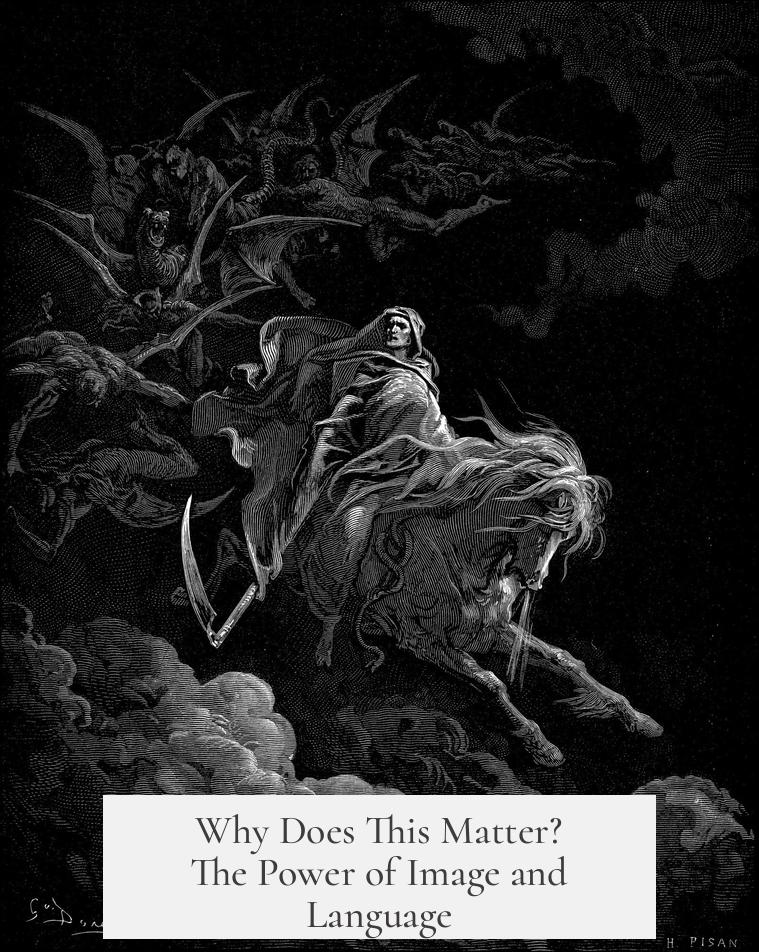
Understanding the difference between an image’s origin and its name’s origin matters for several reasons.
- Language Evolves: The scary figure existed for centuries, but attaching a catchy phrase like “Grim Reaper” gives it new cultural power.
- Cultural Transmission: The 14th-century image spread through art and folklore, while the 19th-century term comes from translators and writers repackaging older ideas.
- Historical Context: The Black Death gave rise to the image; the Victorian era (19th century) embraced romantic and gothic notions that popularized the term.
It’s like how your favorite meal might have been cooked for centuries but suddenly got a fancy menu name much later to boost sales.
What Can We Learn from This?
If you want to dig into death metaphors for writing or art, splitting “image” and “term” origins helps. Think medieval artists painting skeletal reapers during plague years versus 19th-century writers naming that figure for dramatic effect.
Don’t just assume the Grim Reaper’s creepy image and catchy name hail from the same time. They don’t.
Practical Tip for Writers and Creators
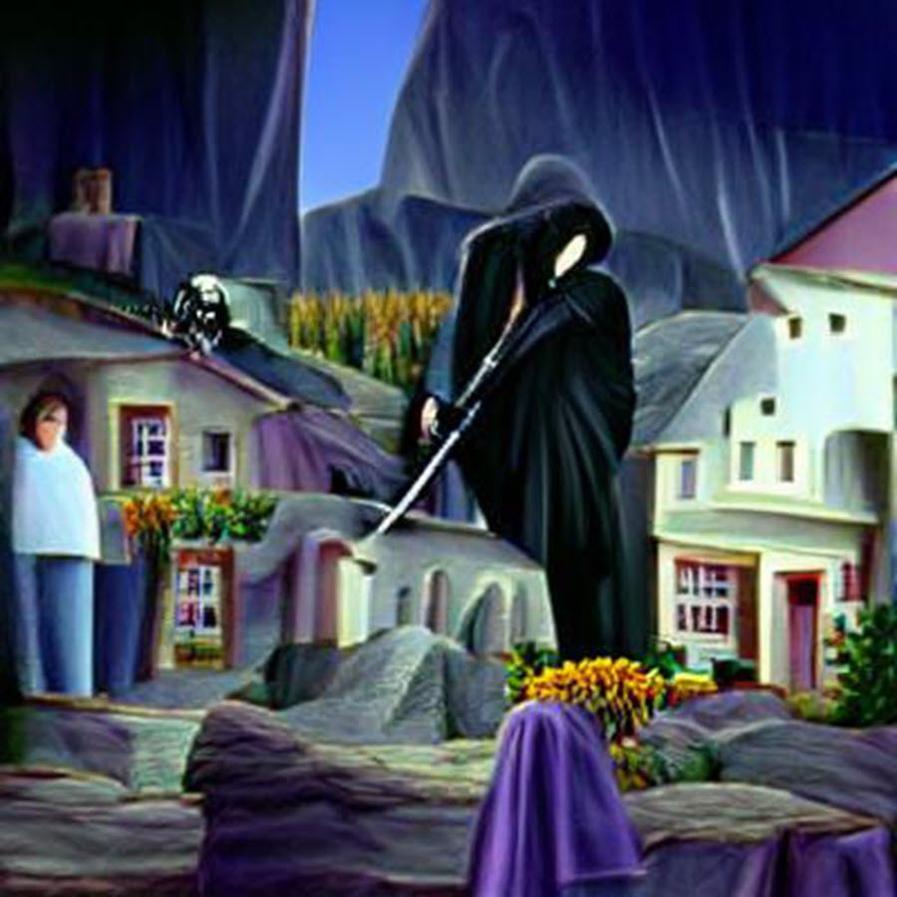
Need a moodier death character? Root the image in 14th-century history for authenticity. Prefer a term with 19th-century literary flair? Use “Grim Reaper.” Mentioning both gives your work depth and historical accuracy.
Want to avoid cliché? Explore older harvest metaphors or euphemisms like “Friend Hain with his sickle” to surprise your audience.
Final Thoughts
The Grim Reaper is a fusion of old imagery and Victorian terminology. The skeletal Death wielding a scythe emerged in the 14th century, inspired by the Black Death’s harsh reality. The phrase “Grim Reaper” arrived centuries later, popularized by translators and authors in the 19th century.
So, is the Grim Reaper a medieval legend or a Victorian invention? In truth, the terrifying image is medieval, but the ghastly name needed the 19th century’s literary touch to become iconic.
Next time you see the Grim Reaper, you can nod knowingly. You’re looking at centuries of history, metaphor, art, and language—blended into one spooky bundle.
Looking for more on death symbolism or historical myths? Check out these resources:
